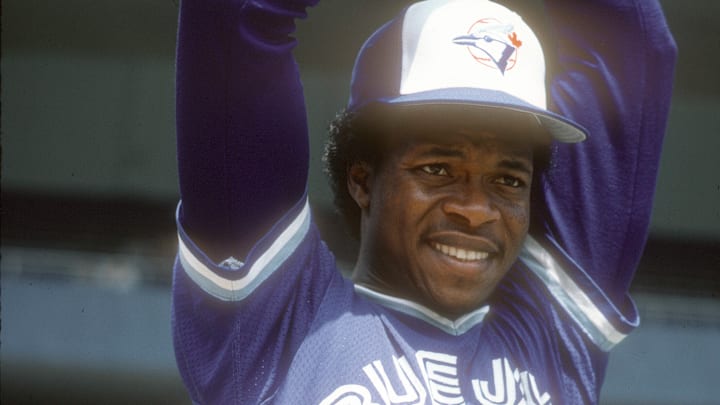The role of a prototypical shortstop has evolved throughout the decades. What was once the province of light-hitting, fleet-footed speedsters has changed into a power position. Shortstops traditionally were never a threat with the bat; that is no longer the cause.
The evolution of the position is reflected in Blue Jays history at that position. Players such as Alfredo Griffin, who rarely hit a ball out of Exhibition Stadium, were the club’s first stars. Now it’s Bo Bichette, who attacks each pitch with a violent fury.
That makes comparing shortstops across the Blue Jays’ 45-year history difficult: how do you rank players who played the game so differently?
A total of 83 players have started at least one game at shortstop for the Blue Jays. They’ve been former top prospects, Gold Glove winners, and franchise icons. They’ve been slick-fielding defensive wizards and offensive powerhouses. They come as young players barely out of their teens just hoping of playing in the big leagues, to established stars arriving in Toronto on mega-deals.
Here is a look at the five players who helped define the position for the Blue Jays.
No. 5 Alex Gonzalez
He was the Blue Jays’ golden boy, the Florida kid with the movie star good looks who was going to be the next superstar for a franchise coming off two consecutive World Series titles.
When Alex Gonzalez made his MLB debut at the age of 20 in 1994, he was the fourth-ranked prospect by Baseball America. Behind him were some familiar names: Carlos Delgado, Álex Rodriguez, and Manny Ramírez. He was the top shortstop on the list; in second was a Yankees prospect named Derek Jeter. The Blue Jays wouldn’t have a higher-rated prospect until Vladimir Guerrero Jr. nearly a quarter-century later.
Gonzalez had lofty expectations when he became the Blue Jays’ regular starting shortstop. And while he never quite lived up to that colossal hype, he still enjoyed a solid eight-year stint in Toronto, starting 870 games between 1994-2001, third-most in franchise history.
His offensive skills lagged well behind his talent in the field. Gonzalez batted only .245 with the Blue Jays. He never had an OPS above .720 in any full season. While his 83 home runs are the most of any shortstop in Blue Jays franchise history, he never hit more than 17 in a season. His 350 RBI rank second among franchise shortstops, but only once did he collect more than 70.
It was in the field, though, that Gonzalez made his mark for the franchise. Omar Vizquel had a stranglehold on Gold Gloves during this era, winning nine years in a row. But Gonzalez was often right there with him. Only Vizquel had a higher fielding percentage among American League shortstops between 1996-2001. Gonzalez had a Total Zone rating that was nine points higher than Vizquel during that span.
Gonzalez was traded to the Chicago Cubs in December 2001, where, oddly, his defense played a key role in one of the most infamous games in MLB history. In Game 6 of the 2003 NLCS, the Cubs led the Marlins 3-0 and were five outs away from reaching the World Series for the first time since 1945. With one out in the inning, Luis Castillo lofted a fly ball into foul territory. Cubs’ left-fielder Moises Alou made a leap for it, but a fan sitting in the front row named Steve Bartman also tried to catch it and got in Alou’s way. Castillo eventually drew a walk and put two runners on.
The name Steve Bartman would be forgotten today if not for a play that happened two at-bats later. A young Miguel Cabrera hit a groundball toward short that should’ve been an easy inning-ending double play. The normally sure-handed Gonzalez bobbled the ball and everyone was safe. The Marlins eventually scored eight runs in the inning and crushed the Cubs’ dreams.
Bartman became so reviled in Chicago that Gonzalez’s miscue is little remembered, even if it was arguably more important. Gonzalez stuck around the league for another three seasons before retiring in 2006.
